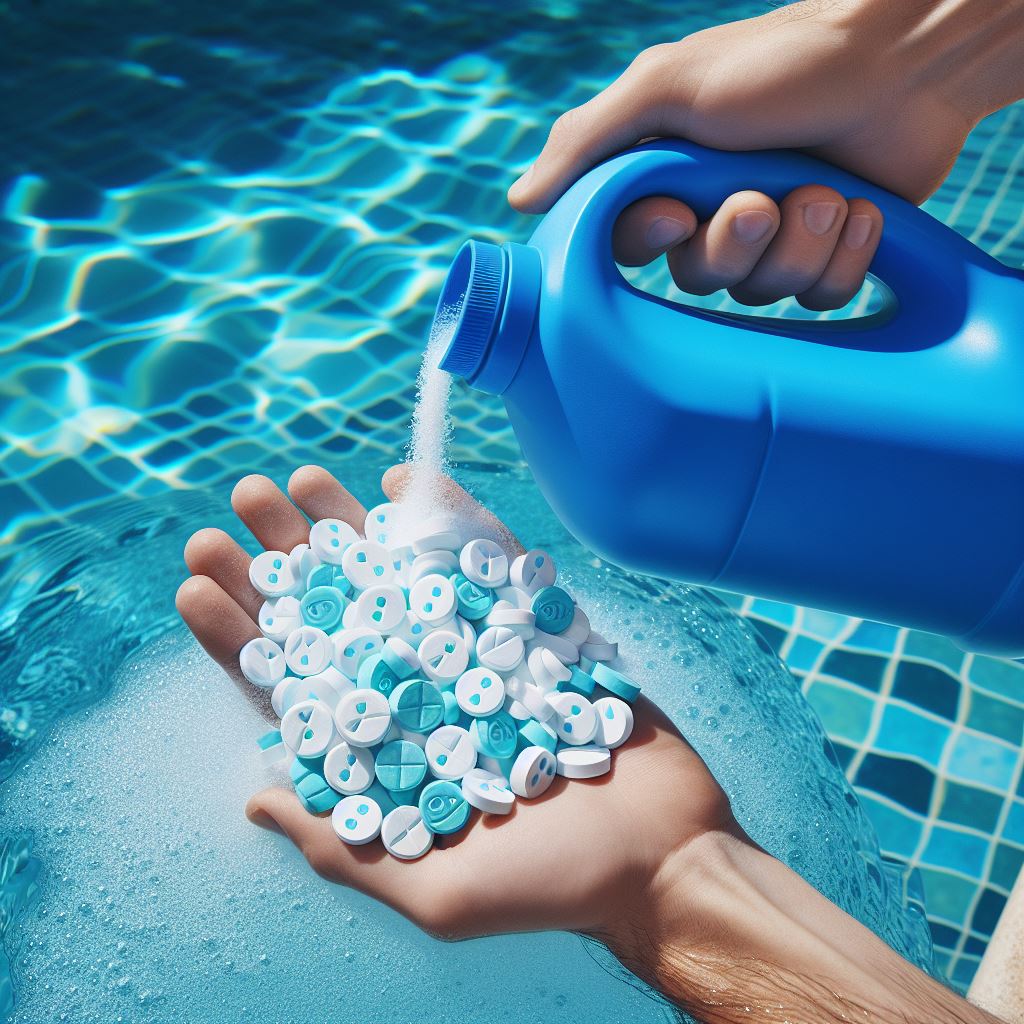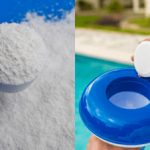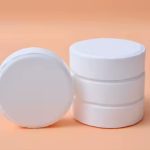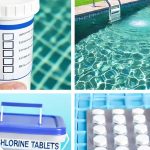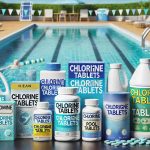The journey of pool chlorine tablets from raw materials to the shelves of your local pool supply store is a testament to the intricate ballet of chemistry and engineering. At the heart of this process is the goal to produce a stable, effective, and safe product for pool owners worldwide.
Raw Materials and Formulation
At the core of pool chlorine tablet production are two primary active ingredients, Trichloroisocyanuric acid (Trichlor) and Dichloroisocyanuric acid (Dichlor). These compounds are chosen for their stability, allowing them to be formed into tablets without losing effectiveness. Additionally, they are notable for their slow-dissolving properties, which ensure a sustained release of chlorine into pool water, maintaining cleanliness and hygiene over time.
Beyond the active ingredients, manufacturers also incorporate additives and binders into the chlorine tablet formulation. These might include:
Algaecides: To prevent the growth of algae in pools, enhancing the tablet’s effectiveness.
Clarifiers: To help pool filters more efficiently remove suspended particles, keeping water clear.
Stabilizers: Such as cyanuric acid, to protect the chlorine from rapid degradation by UV light.
Production Techniques
Compression Molding is the primary technique used in manufacturing chlorine tablets. This involves mixing the powdered raw materials and then compressing them under high pressure in molds to form tablets of uniform size and weight. This process requires precision to ensure that each tablet contains the correct amount of active ingredient and dissolves at the desired rate.
During production, Quality Assurance Measures are strictly adhered to. Samples from each batch of tablets are tested to ensure they meet predefined standards for chlorine content, dissolution rate, and physical integrity. This might involve placing tablets in controlled conditions that mimic pool water to observe how they dissolve and measuring the chlorine concentration in the water over time.
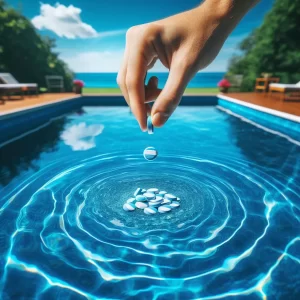
Quality Control and Safety Standards: Ensuring Excellence and Compliance
The production of pool chlorine tablets is heavily regulated to protect consumers, workers, and the environment. Adherence to quality control and safety standards is not just a legal requirement but a commitment to excellence.
Regulatory Compliance
In the United States, the Environmental Protection Agency (EPA) plays a crucial role in regulating pool chlorine tablets. Manufacturers must obtain EPA registration for each product, proving it meets stringent safety and effectiveness criteria. This process involves rigorous testing to demonstrate that the tablets can effectively sanitize pool water without posing undue risk to swimmers.
Globally, manufacturers must navigate a complex landscape of regulations that can vary significantly from one country to another. For example, the European Union (EU) has its own set of standards and certification processes for pool chemicals, including chlorine tablets.
Safety Measures in Manufacturing
The production of chlorine tablets involves handling potentially hazardous materials, making Worker Safety a top priority. Manufacturers implement comprehensive safety protocols, including:
Personal Protective Equipment (PPE): Workers are equipped with gloves, goggles, and other protective gear to prevent exposure to harmful chemicals.
Ventilation Systems: To remove chlorine gas and other vapors from the air, protecting workers’ respiratory health.
Training Programs: Employees receive ongoing training on handling chemicals safely and responding to spills or exposures.
Environmental Protections are also a significant concern. Manufacturers take steps to minimize emissions and waste from the production process. This might include:
Water Treatment Systems: To clean wastewater before it’s released back into the environment.
Recycling Programs: For unused raw materials and defective tablets, reducing waste.
